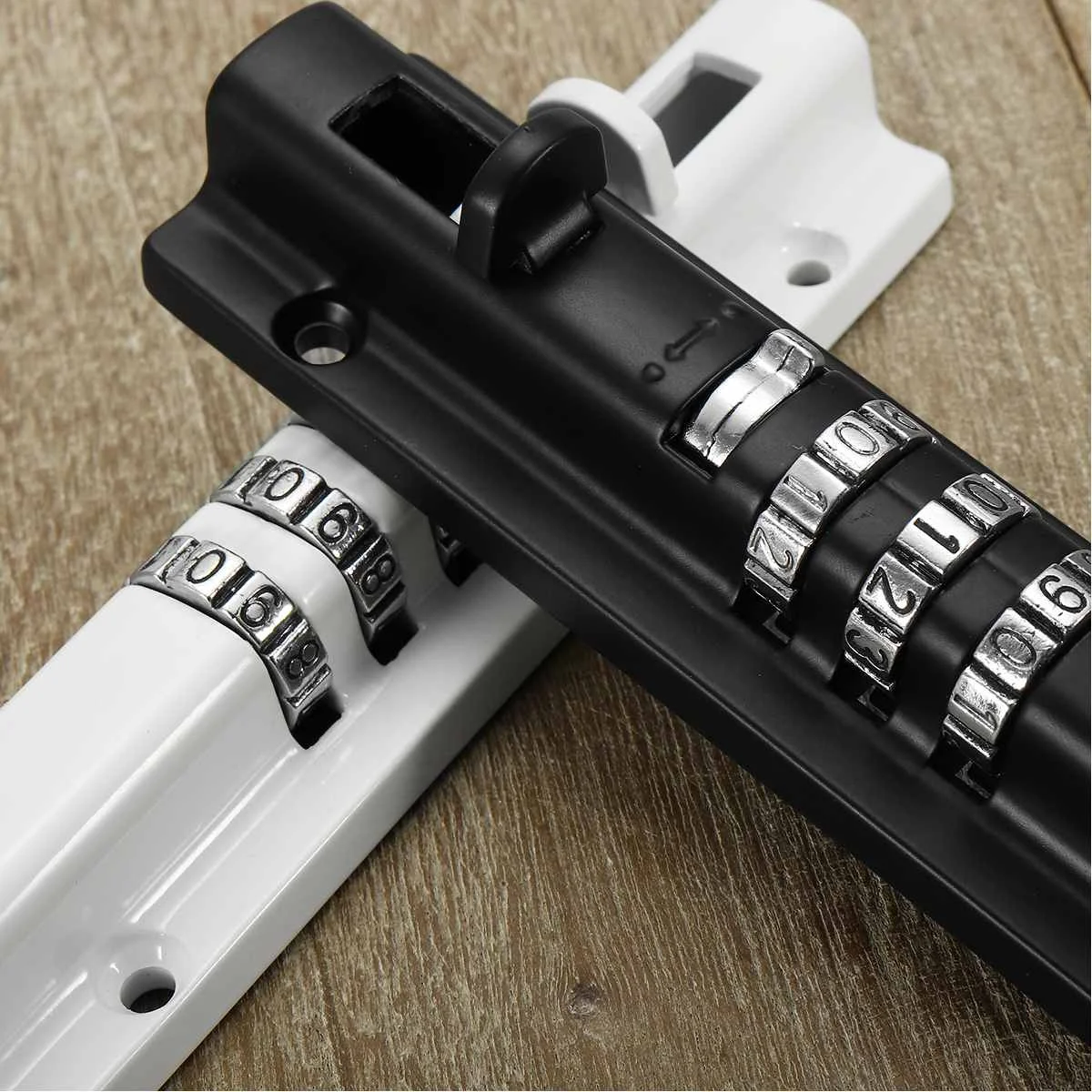

Unisex accessible toilets allow a person to be accompanied by a carer of the opposite sex and they are also gender neutral. If vertical rails are provided, they will also be appreciated by people with ambulant disabilities. They are available to everyone and if larger than standard compartments are provided they can accommodate families and those with luggage. Gender neutral toilets with a washbasin can be extremely useful. Pictograms alone should not be relied on to inform the user. Confirmatory accessible (tactile as well as visual) signage just inside the main entrance to the specific facility would give them this information without possible embarrassment. Most people (both men and women) entering toilet facilities look for the urinals to identify whether or not they are in the correct gender toilet. Therefore, this toilet should have the ability to lift off the toilet door to gain emergency access. However, this creates a possible hazard for people who are blind or have low vision when it is left open. In the event that the user falls on the floor, the cubicle could have the door opening outwards. Larger cubicles will be appreciated by those who need more space.Īt least one cubicle should be fitted with grab rails for people who may need the support. In some circumstances, building users are carrying luggage or shopping, or are accompanied by children. Large commercial toilet roll dispensers further reduce the space available. Single sex toiletsĪs the population increases in stature, conventional sized cubicles have become too cramped. Wherever possible larger sized cubicles should be provided, especially where there is excess space in the facility circulation areas. Temporary provision of sanitary accommodation (for instance at periodic outdoor events or music concerts) should be as accessible as permanent facilities. In retail or leisure complexes, the provision of family toilets will allow adults to maintain close supervision of children.

sports centres, swimming pools or where users are accompanied) additional toilets can be included that have been designed for people who need assistance. Where trained assistance is available (e.g. This is particularly relevant, for example, where alternate handed (mirrored) accessible toilets are available in another part of the building. The location of alternative or additional facilities should be clearly identified. Staff facilities should be accessible and usable by all employees. Separate facilities should be provided for customers wherever possible. This is particularly the case in transport buildings where on board toilets may not be suitable. Travel distances to accessible toilets should not be significantly greater than that to standard facilities.īuilding users arriving at a location often need to use the toilet and the provision of suitable facilities near the arrival point will be appreciated. The provision of sanitary facilities is dependent upon the number of building users, whether access to toilets is restricted to certain periods such as during theatre intervals, and travel distance from where users are expected to be located. The range, location and type of facilities that are required will depend upon the type and size of the building and its occupancy levels. Suitable sanitary facilities should be provided in convenient locations to meet the needs of all building users. See also: Fixtures and fittings Provision and location


 0 kommentar(er)
0 kommentar(er)
